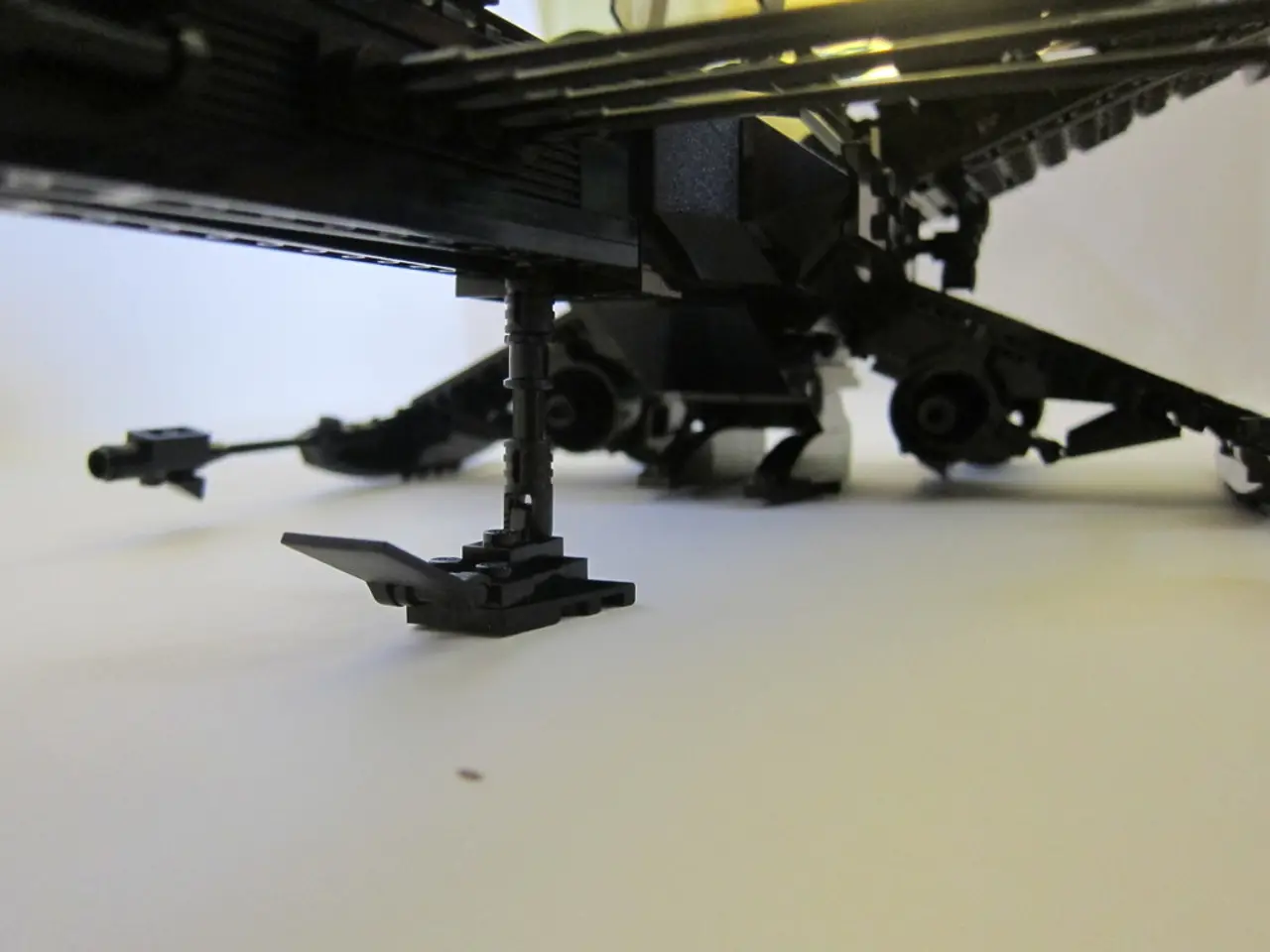European tariffs between the EU and US may jeopardize the survival of German craft industries
In response to potential revenue losses from U.S. tariffs under the EU-USA trade agreement, the German government is spearheading a series of reforms aimed at bolstering the competitiveness and innovation of the craft industry.
These reforms encompass a range of structural changes and significant investment initiatives. The focus is on enhancing economic competitiveness through cutbacks and consolidation in government spending, coupled with efforts to close tax loopholes and combat tax fraud. These measures are designed to safeguard jobs and stimulate growth across sectors, indirectly benefiting the craft industry.
A key part of the approach involves a massive investment push, led by the government and major companies, under the "Made for Germany" initiative. Sixty-one leading firms have pledged €631 billion in investments by 2028, targeting infrastructure, digital transformation, innovation, and sustainability. These investments aim to strengthen industrial sectors that the craft industry relies on, such as mechanical engineering and metal production, which are heavily impacted by U.S. tariffs.
The 2026 federal budget also includes specific support and relief measures for the craft sector, including energy price reductions for the manufacturing sector. These reductions, in the form of reduced grid fees and electricity duties, help reduce operational costs for energy-intensive craft and industrial businesses.
Moreover, there are calls for accelerated approval processes and reforms to tackle labor shortages, which are crucial for the craft sector. These measures aim to improve productivity and growth potential.
In addition, there is a push for diversification and exploration of alternative growth markets, as companies shift focus from the U.S. due to tariffs and look to India and the European Single Market. This offers future opportunities for craft businesses linked to export or supply chains.
While the reforms are not exclusively targeted at the craft industry, they are designed to cushion potential tariff-induced revenue losses in trade-sensitive sectors that the craft industry depends on. The government and private sector are partnering to boost technological innovation, reduce costs, and improve skills availability to sustain Germany’s economic base in a challenging international trade environment.
Holger Schwannecke, General Secretary of the Central Association of German Crafts (ZDH), has expressed concerns about potential revenue losses for the German craft industry due to the trade agreement's tariffs. He has called for comprehensive reforms to secure and strengthen the competitiveness of the German economy, emphasizing the need to further strengthen the attractiveness of the German location to guarantee the competitiveness of the German economy.
Supplier businesses within the German craft industry may be particularly affected by the potential revenue losses. Higher tariffs are causing additional costs for businesses that are part of the supply chain for German export industries, particularly those in the craft industry.
Despite the challenges posed by the trade agreement between the EU and the USA and other ongoing economic developments, Schwannecke's concerns about the competitiveness of the German economy, particularly in the craft industry, remain unchanged. His recent statements were made to Redaktionsnetzwerk Deutschland.
The government's reforms, aiming to bolster the competitiveness of various industries, also include investment in the "Made for Germany" initiative, attracting €631 billion from sixty-one leading firms by 2028. This investment targets sectors like mechanical engineering and metal production, crucial for the craft industry.
Moreover, the 2026 federal budget includes energy price reductions for the manufacturing sector, which can lower operational costs for energy-intensive craft and industrial businesses. These measures, alongside efforts to tackle labor shortages and diversify markets, are designed to secure the competitiveness of the craft industry amidst the challenging international trade environment.








